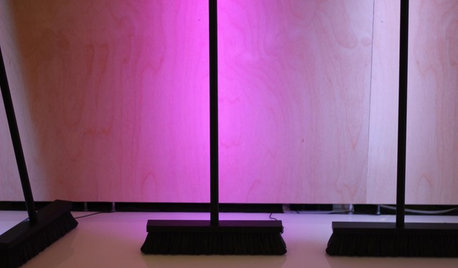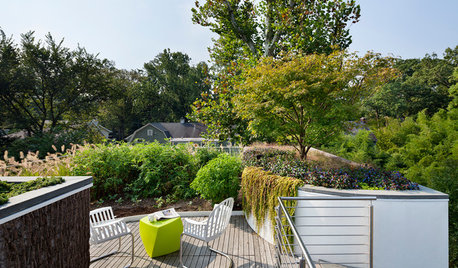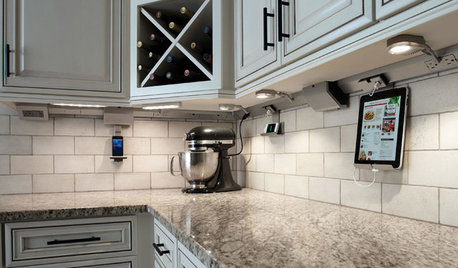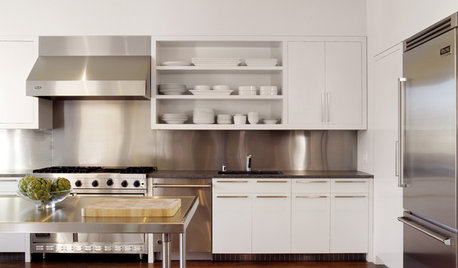Lights on 24/7-problem?
pegnj
19 years ago
Related Stories

REMODELING GUIDESThe Hidden Problems in Old Houses
Before snatching up an old home, get to know what you’re in for by understanding the potential horrors that lurk below the surface
Full Story
TASTEMAKERSICFF 2012 Report: 10 Visionary Problem Solvers
Sure, pretty is nice, but the best designs improve our lives. These innovative products by students and companies do just that
Full Story
ECLECTIC HOMESHouzz Tour: Problem Solving on a Sloped Lot in Austin
A tricky lot and a big oak tree make building a family’s new home a Texas-size adventure
Full Story
LANDSCAPE DESIGNProblem Solving With the Pros: How to Build a Garden in an Urban Canyon
Skyscrapers, noise and deep shade create an unlikely sweet spot for a timeless green retreat in New York City
Full Story
LANDSCAPE DESIGNProblem Solving With the Pros: Sustainable Landscape Captures Runoff
An underground cistern, permeable paving and a rain garden are part of this Washington, D.C. yard's thoughtful design
Full Story
HOW TO PHOTOGRAPH YOUR HOUSE7 Pro Lighting Tips for Budding Home Photographers
Learn how to control daylight and artificial light to get high-quality home photos even if you're just starting out
Full Story
KITCHEN DESIGN7 Awesome Add-ons for Kitchen Cabinets
Useful gadgets, docks for your devices, extra lighting ... when it comes to cabinets, do look down
Full Story
KITCHEN DESIGN24 Dramatic Kitchen Makeovers
From drab, dreary or just plain outdated to modernized marvels, these kitchens were transformed at the hands of resourceful Houzzers
Full Story
KITCHEN DESIGN24 Great White Kitchens
Find a white kitchen for every style, from Mid-Century Modern to Scandinavian, romantic, industrial and more
Full Story
LIGHTINGSo You Bought a Cave: 7 Ways to Open Your Home to Light
Make the most of the natural light your house does have — and learn to appreciate some shadows, too
Full StorySponsored
More Discussions






henry_kuska
ellieandethansmom
Related Professionals
Frisco Landscape Contractors · Camp Verde Landscape Contractors · Fair Oaks Landscape Contractors · Goodlettsville Landscape Contractors · Mason Landscape Contractors · Melrose Park Landscape Contractors · Woodland Landscape Contractors · Oxon Hill Landscape Contractors · Homestead Fence Contractors · La Grange Fence Contractors · Oxnard Fence Contractors · Roswell Fence Contractors · Tempe Fence Contractors · Baltimore Roofing & Gutters · Durham Roofing & Gutterslimhyl
derfberger
henry_kuska
henry_kuska
stroup69
kdjoergensen
shrubs_n_bulbs
henry_kuska
bobb_2002
henry_kuska
bobb_2002
jwmeyer